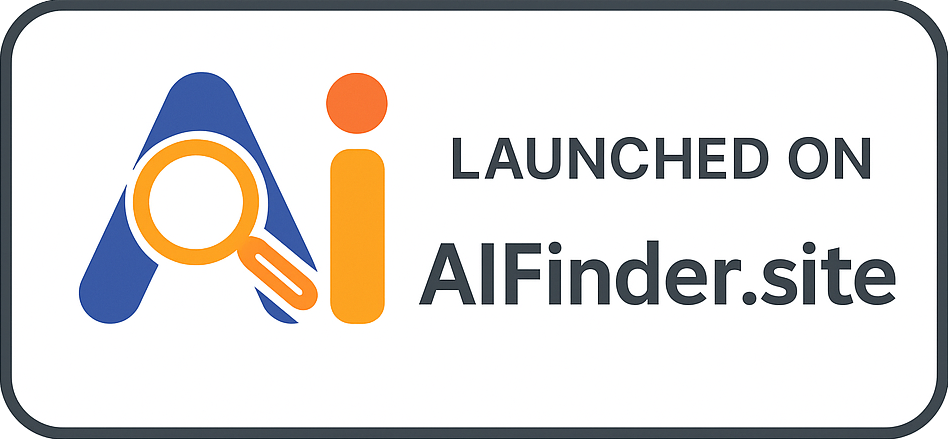Conversion Rate Optimization (CRO)
Conversion Rate Optimization (CRO) is a systematic process aimed at increasing the percentage of website visitors who take desired actions, such as making a purchase, signing up for a newsletter, or engaging with content.
Frequently Asked Questions
What is Conversion Rate Optimization (CRO)?
CRO is the practice of enhancing the performance of a website or landing page with the goal of increasing the rate at which visitors complete specific actions. This involves analyzing user behavior, making data-driven decisions, and implementing changes to improve user experience.
Where is CRO applied?
CRO is applied on websites, landing pages, and any digital platforms where user interactions occur. It is particularly relevant in e-commerce, lead generation, and any site aiming to boost its performance in achieving business goals.
When should businesses focus on CRO?
Businesses should focus on CRO when they have established web traffic but are not seeing satisfactory conversion rates. Continuous optimization should also be a part of ongoing digital marketing strategies to adapt to changing user behaviors.
Why is CRO important?
CRO is important because it maximizes the value of existing traffic by converting more visitors into customers or leads. It enhances return on investment (ROI) and can lead to increased revenue without the need for additional traffic.
How can businesses improve their CRO?
Businesses can improve CRO by conducting A/B testing, utilizing analytics to understand user behavior, simplifying navigation, enhancing the design and layout of web pages, and optimizing call-to-action buttons to make them more appealing.
Key Takeaways
In the realm of influencer marketing, Conversion Rate Optimization (CRO) is vital for ensuring that the traffic generated from influencer campaigns translates into tangible actions and results. By focusing on CRO, brands can enhance the effectiveness of their marketing efforts and achieve greater success in engaging their target audience.
Hot Glossary Terms
Influencer Marketing
Influencer Marketing is a strategy that leverages the influence of individuals with large followings on social media to promote products or services, aiming to reach a targeted audience effectively.
Social Media Marketing
Social Media Marketing refers to the use of social media platforms and websites to promote a product or service, encouraging user engagement and brand awareness through content creation and sharing.
Content Strategy
Content Strategy is a comprehensive plan aimed at creating, publishing, and managing high-quality content to achieve business goals and enhance user engagement.
Brand Partnerships
Brand Partnerships refer to collaborative relationships between two or more brands or influencers aimed at promoting mutual interests and achieving shared goals through combined marketing efforts.
Engagement Rate
Engagement Rate is a key performance metric in social media and influencer marketing that measures the level of interaction and engagement a piece of content receives from its audience.
Related Terms
Net Promoter Score (NPS)
Net Promoter Score (NPS) is a customer loyalty metric that gauges the likelihood of customers recommending a company's products or services to others, thus indicating overall customer satisfaction and brand perception.
Affiliate Marketing Tips
Affiliate Marketing Tips are strategic pieces of advice designed to help individuals and businesses effectively engage in affiliate marketing, maximizing their potential to earn commissions through promoting products or services of other companies.
Revenue Share
Revenue Share refers to the distribution of earnings generated from a marketing partnership or collaboration, particularly in influencer marketing, where influencers receive a percentage of the revenue they help generate for a brand.
Engagement Tracking
Engagement Tracking is the process of measuring and analyzing how audiences interact with content across various platforms, providing valuable insights for optimizing marketing strategies.
Workflow Management
Workflow Management refers to the systematic organization and optimization of processes and tasks within a project or business environment, ensuring efficiency and productivity.







